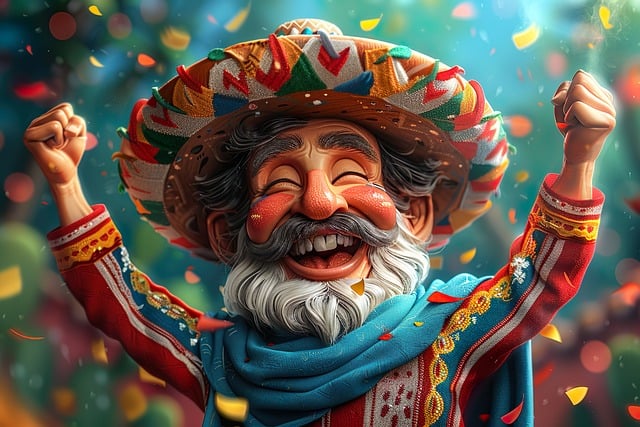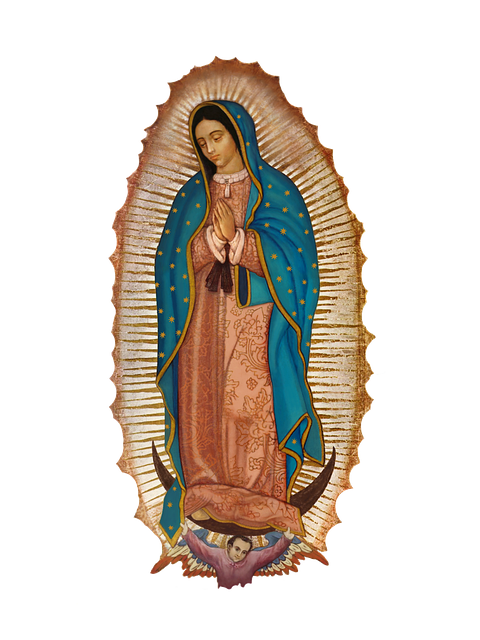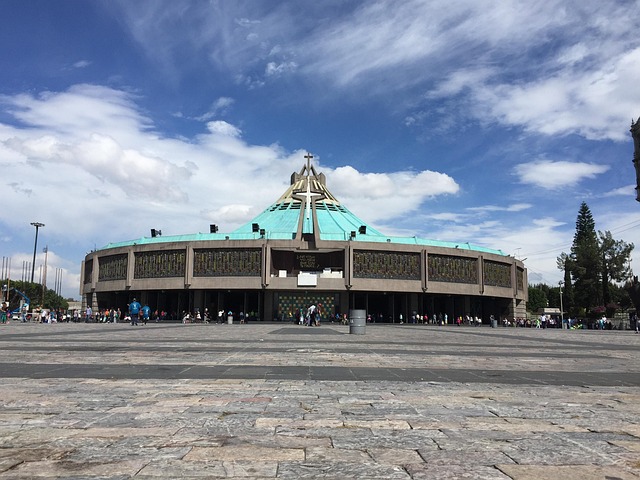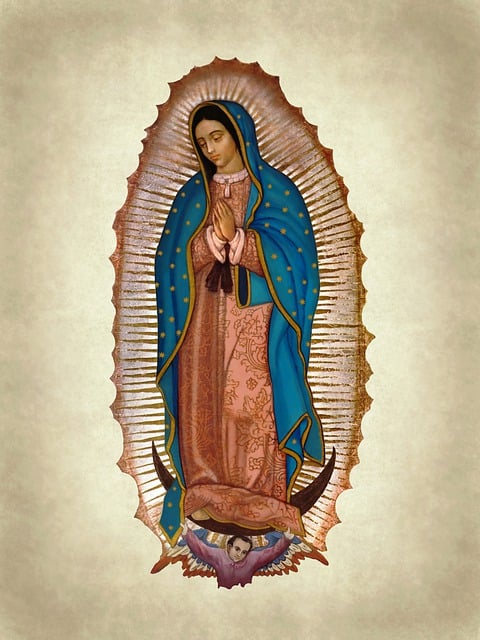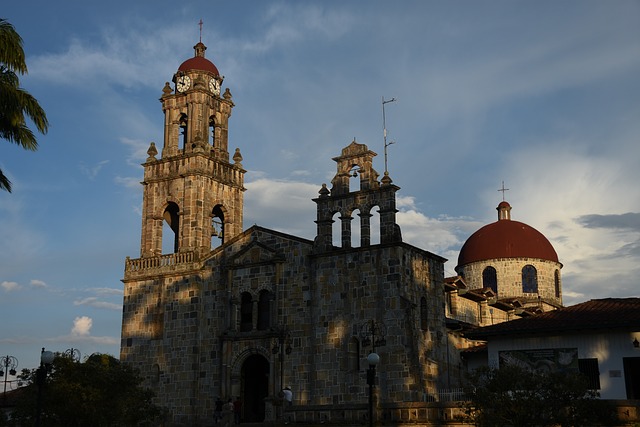In a vibrant neighborhood, cultural heritage is actively preserved and celebrated through historic homes, communal spaces, and bustling markets, creating a unique blend of tradition and modern vibrancy that attracts locals and visitors alike. Real estate developers can protect these cultural landmarks by collaborating with governments on zoning laws and sustainable practices, ensuring communities maintain their rich heritage. Additionally, hosting diverse cultural events fosters unity, strengthens community bonds, and enriches the social fabric, making the area more desirable for a wide range of buyers and tenants in today's real estate market.
In every corner of our diverse world, communities proudly celebrate their rich cultural roots. This intricate tapestry weaves together traditions, histories, and stories that shape who we are. In this article, we explore how one vibrant community is preserving its heritage through meaningful initiatives, with a particular focus on the role of real estate in cultivating and safeguarding cultural diversity. Unveiling Cultural Heritage, delving into The Role of Real Estate, and Celebrating Diversity—each thread contributes to a united front that enriches us all.
Unveiling Cultural Heritage: A Community's Story
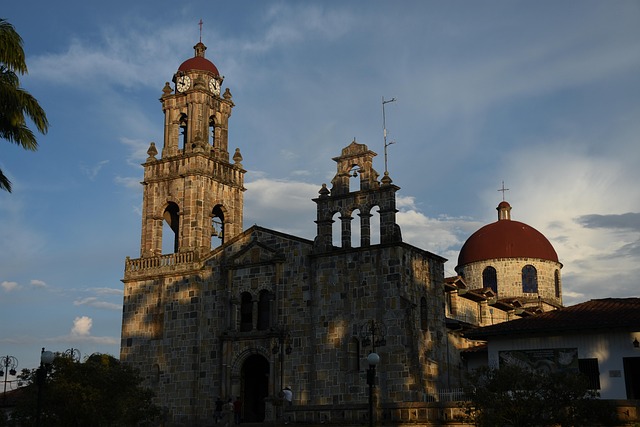
In many ways, a community’s cultural heritage is its beating heart—a vibrant testament to its history and identity. For residents of this diverse neighborhood, that heart beats strong and loud, thanks to efforts to preserve and celebrate their rich cultural roots. This isn’t just about decorating with traditional art or hosting festivals; it involves deeply embedding the past into the very fabric of daily life and real estate.
Every corner of the community tells a story—from historic landmarks that stand as silent sentinels, to the architecture that reflects global influences, to the bustling markets where flavors and languages intertwine. Locals take pride in sharing these stories, ensuring their cultural tapestry remains intact while also attracting visitors eager to immerse themselves in this unique blend of heritage and modern life.
The Role of Real Estate in Preserving Traditions
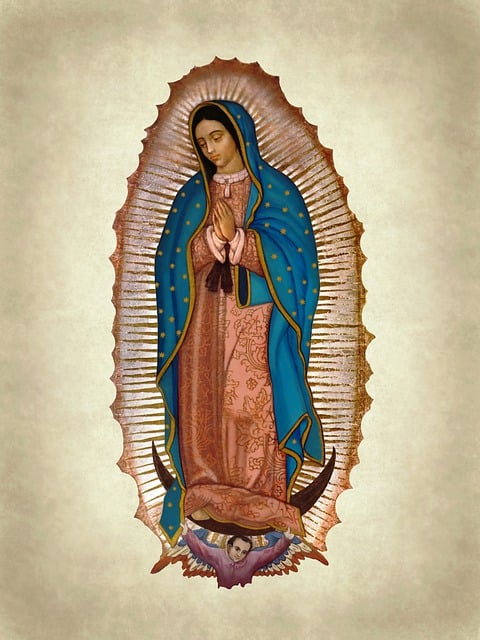
In many communities, real estate plays a pivotal role in preserving and celebrating cultural roots. The physical spaces where people live become deeply intertwined with their traditions and heritage. Historic homes, vibrant neighborhoods, and communal gathering places serve as tangible links to the past, fostering a sense of belonging and identity. By protecting these assets, communities can safeguard their cultural tapestry and ensure that stories, customs, and memories are passed down through generations.
Real estate developers and local governments often work together to preserve these cultural landmarks. This collaboration involves implementing zoning laws, historic preservation ordinances, and sustainable development practices. These measures not only protect the architectural integrity of cultural sites but also encourage their integration into modern urban landscapes. As a result, communities can enjoy a harmonious blend of tradition and progress, ensuring that their rich cultural roots remain an integral part of their present and future.
Celebrating Diversity: Building a United Front
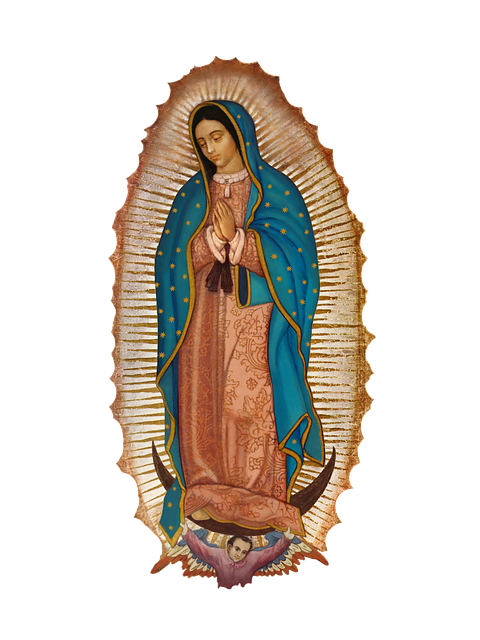
In any vibrant community, celebrating diversity is a cornerstone of progress and unity. When it comes to real estate, this means fostering an environment where every resident feels valued and represented, regardless of their cultural background. By organizing events that highlight the rich tapestry of traditions, cuisines, and stories within the neighborhood, communities can strengthen their bonds and create a united front. These celebrations not only enrich the social fabric but also attract diverse buyers and tenants, boosting the local real estate market with a unique sense of belonging.
Building a united front through cultural appreciation starts with open dialogue and active participation. Community organizers can facilitate these interactions by providing platforms for residents to share their heritage, organize cross-cultural exchanges, and host educational workshops. Such initiatives foster understanding and respect, ensuring that the community’s diverse roots are not just celebrated but also preserved for future generations in the dynamic landscape of modern living.

